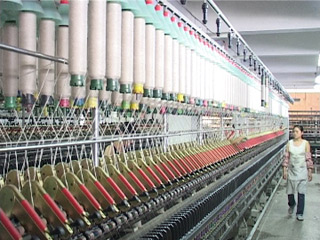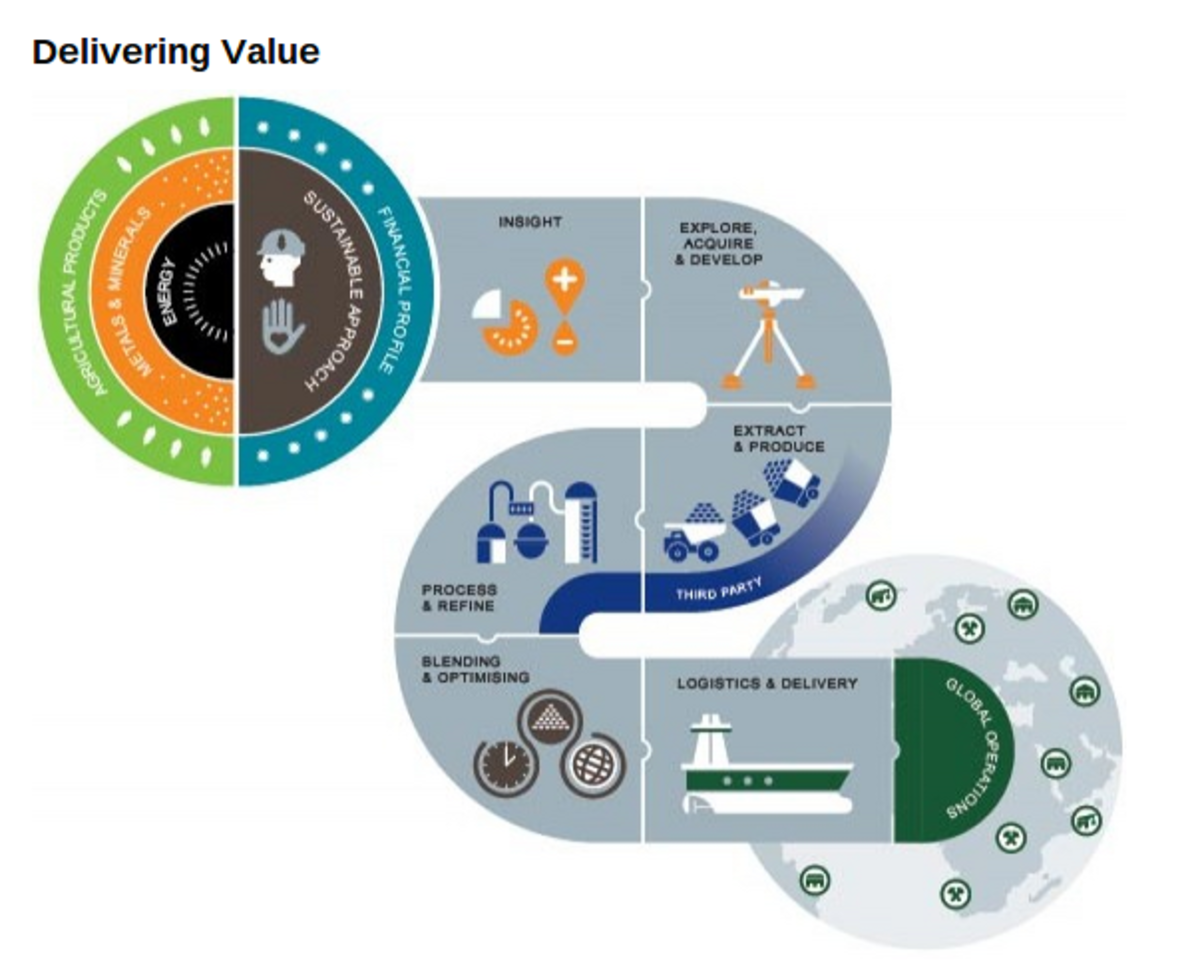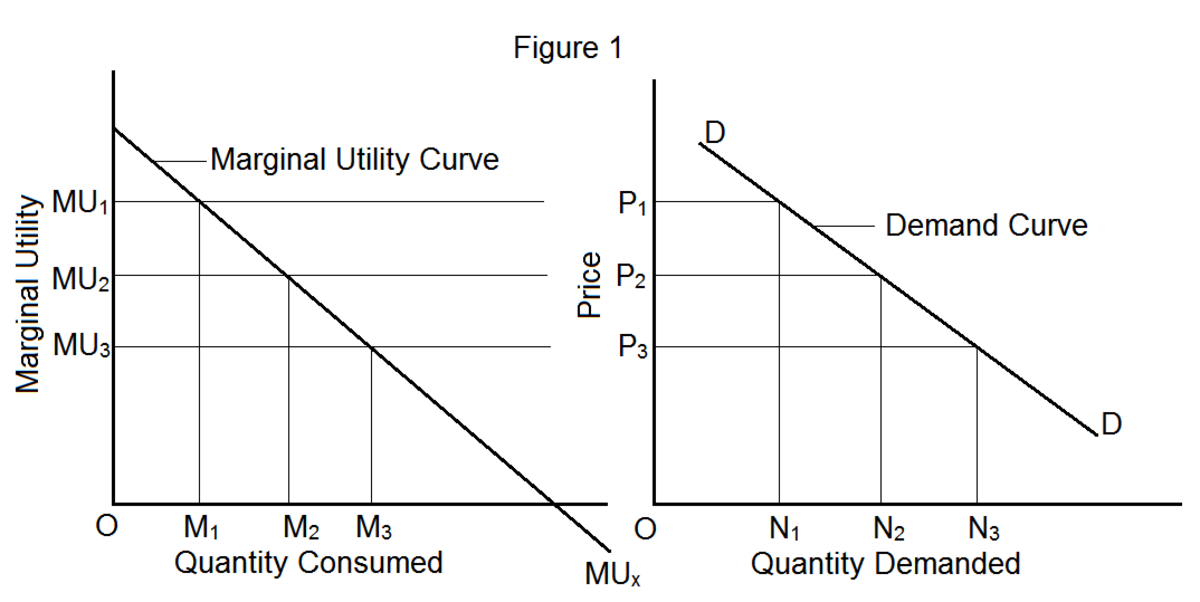Form of Value, or the Exchange Value

Commodities come into the world as things of use value, whether they are metals, agricultural produce, linen, wood, oil, energy and so on. This is the natural form. However, they are of a dual character, simultaneously as useful objects and as depositories of value. They have a bodily form and a value form. Commodities only possess the reality of value insofar as they are expressions of human labor. The reality of their value is purely social and as such this reality can only manifest in the social relation of one commodity to another. Thus one arrives at the exchange value or the ratio of exchange between commodities in order to arrive at their intrinsic value.
All commodities today have a value form common to them all and that is money. The money form, as everyone knows, contrasts sharply with the many forms of commodity use value. We can determine theoretically at least, the origins of the money concept of trade. We can compare societies around the world and find large variations in the money concept and even its absence. We can surmise there from, a history of the evolution of the money idea. Thus we can directly trace the development of the expression of value contained in the value ratio of commodities. By following the evolutionary trail, either through cultural analysis or historically, which we will later do; we will demystify the enigma of money.
We can compare two different commodities and define a ratio of value between them. This will give us an expression of one in relation to the other and vice versa.

Elementary, Isolated, or Accidental Form of Value
C(a) = C(b) (3.1)
Commodity a is equal in value to commodity b. Marx then gives an example of 20 yards of linen is equal to 1 coat. There are two ways that value can be expressed; Relative and Equivalent. The entire mystery of the form of value is contained and hidden in this elementary form. C(a) and C(b) are two different kinds of commodities such as linen and coats, which have different roles in use value. The linen expresses its value in the clothes and these as the means of expression of this value. Linen performs an active role and the clothes perform a passive role. The value of the linen is relative or comparative, and clothing functions in an equivalent form.
Both relative and equivalent forms are reciprocally dependant on each other and inseparable. At the same time they are mutually exclusive in identity, extremes and polar opposites in the expression of value. By comparing two commodities we can determine the relative value. To compare two same commodities, like linen to linen in equal type and proportions, we can get no further ahead. It is only by comparing dissimilar commodities that we can determine a relative value of each and both. It is only by this that we can also establish equivalent forms. One commodity serves as a relative reference of others. In the language of commodity, use value and labor value, this parallels Einstein's cosmological ideas on special and general relativity. Einstein's view tells us that no motion can be determined except relative to something else. Thus everything is relative to something else. You have to have two different entities to draw comparisons between them and individually. Einstein also dealt with equivalencies, such as between acceleration and gravitation. It appears that Einstein got his basic conception from Karl Marx who preceded him in relative and equivalent expressions. Marx's genius was that he applied relativism and equivalency to labor and the social contract; in the world that the working class, peasants and ruling class live and function.
According to the above;
Let C(a) = 1 yard of linen (3.2)
and C(b) = 1 coat (3.3)
and C(b) = 20xC(a) (3.4)
Thus from above C(a) = 1/20xC(b) (3.5)
and;
C(a):C(b) = 1:20 (3.6)
in true ratio form.
This should drive the point of relative and equivalent form home! Whether a commodity is in relative form, or in the opposed equivalent form depends completely on its position along the line of assembly and relationship with something else and whether its value is composed of some other included commodity.
This is how much of it used to be done in the developed world
Value is also relative
- Relative Value Form
The value of any two commodities varies in a relative way by the amount of labor required to produce it. Some commodities are not labor intensive, while some are. Metal and raw materials are not as valuable as a car that is made from resources that c








